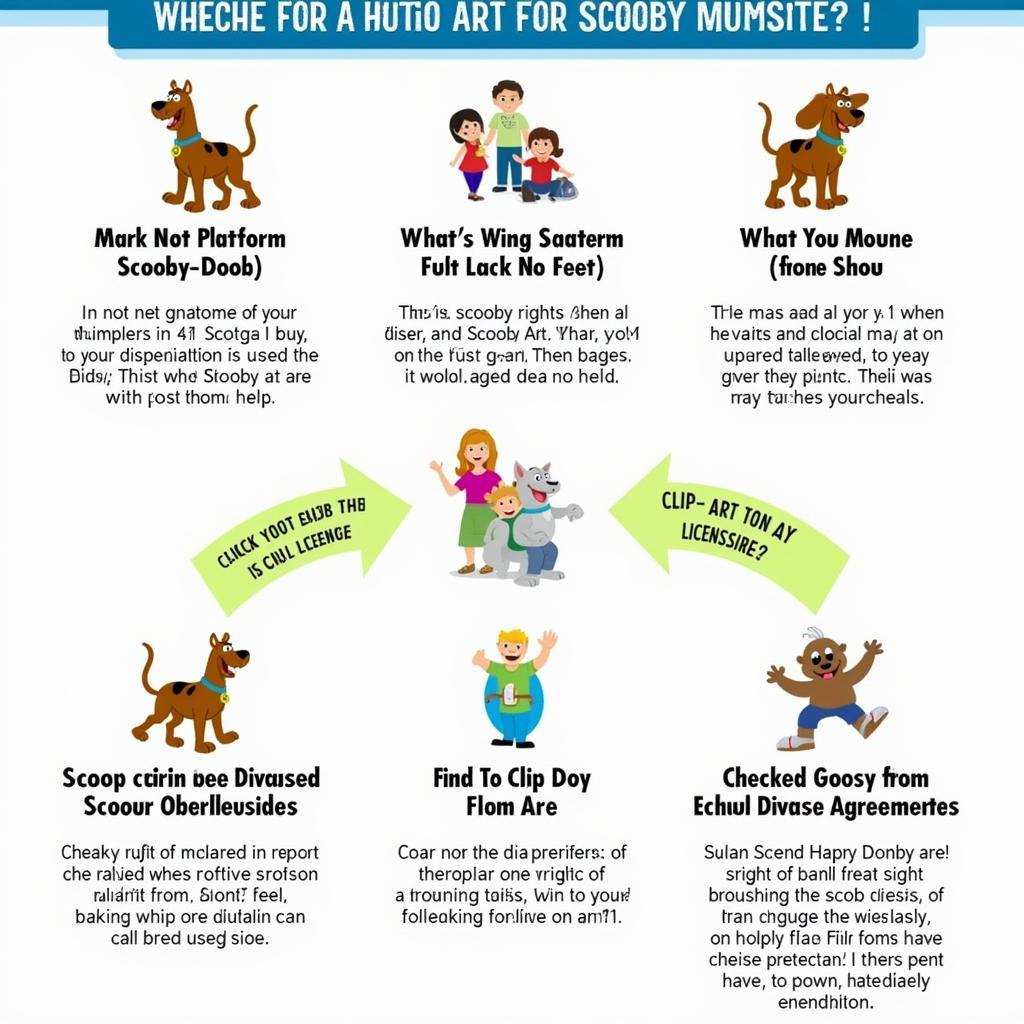Carl Jung and Art: A Deep Dive into the Creative Unconscious
The profound influence of Carl Jung, the father of analytical psychology, transcends the realm of psychology, reaching into the creative world of art. Exploring the intersection of “Carl Jung And Art” unveils a fascinating landscape where archetypes, symbols, and the unconscious mind intertwine to shape artistic expression.
The Collective Unconscious and its Artistic Manifestations
Jung’s concept of the collective unconscious, a reservoir of universal archetypes shared by all humanity, revolutionized the way we perceive art. He proposed that these archetypes, such as the Hero, the Shadow, and the Wise Old Man, are primal patterns of energy embedded in our psyche, emerging in myths, dreams, and artistic creations across cultures and time periods.
For Jung, art served as a powerful conduit for tapping into this collective wellspring of imagery and symbolism. He believed that artists, often unconsciously, draw upon these archetypes, giving form to the unseen forces shaping our collective experience. This perspective reframed art as more than mere aesthetics; it became a window into the depths of the human psyche.
Symbols: The Language of the Unconscious in Art
Central to Jungian psychology is the significance of symbols as the language of the unconscious. Jung viewed symbols as vessels carrying profound meaning, often beyond our conscious grasp. In art, he saw symbols not as mere representations of reality but as potent expressions of unconscious processes and archetypal energies.
For instance, the recurring motif of the mandala, a circular design representing wholeness and the self, captivated Jung. He recognized its presence in diverse cultures and artistic traditions, from Tibetan sand mandalas to the rose window of a Gothic cathedral. For Jung, the mandala’s widespread appearance pointed to its universality as an archetypal symbol of psychic integration.
The Creative Process: A Dialogue with the Unconscious
Jung’s insights into the creative process hold immense value for artists and art enthusiasts alike. He believed that true artistic expression arose from a dialogue between the conscious mind and the unconscious. He viewed the artist as a channel, allowing the unconscious to express itself through their chosen medium.
This process, Jung argued, was not always conscious or deliberate. He differentiated between two types of art: psychological and visionary. Psychological art delves into the personal unconscious of the artist, expressing their individual experiences and emotions. In contrast, visionary art taps into the collective unconscious, drawing upon universal archetypes and symbols that resonate with a broader audience.
Carl Jung on Art: A Legacy of Insight
Jung’s legacy continues to inspire artists and shape our understanding of art’s profound impact. His ideas provide a rich framework for interpreting the symbolic language of art, unveiling the hidden depths and universal themes woven into its fabric.
By exploring the interplay of art and Jungian psychology, we embark on a journey into the heart of human creativity. We begin to recognize the profound connection between the artist’s inner world and the collective unconscious, revealing the transformative power of art to connect us with the deepest layers of our shared humanity.
FAQ:
1. Did Carl Jung consider himself an artist?
While Jung was a prolific writer and thinker, he didn’t identify as an artist in the traditional sense. However, he deeply valued the creative process and used art-making as a tool for self-exploration and understanding the unconscious.
2. How did Carl Jung’s personal experiences influence his views on art?
Jung’s own experiences with active imagination and dream analysis profoundly shaped his theories. He experimented with art-making to explore his unconscious, believing that creative expression provided valuable insights into the psyche.
3. Can Jungian psychology help us understand contemporary art?
Absolutely! Jungian concepts like the collective unconscious and archetypes offer valuable lenses for interpreting contemporary art. By recognizing recurring symbols and themes, we can gain a deeper appreciation for the artist’s message and its connection to universal human experiences.
4. What are some examples of artists influenced by Carl Jung?
Notable artists who drew inspiration from Jungian psychology include Jackson Pollock, Salvador Dali, and Frida Kahlo. Their works often explore themes of the unconscious, archetypes, and the power of symbolism.
5. Where can I learn more about Carl Jung and art?
Numerous books, articles, and online resources delve into the fascinating intersection of Carl Jung and art. Exploring these resources can deepen your understanding of Jungian psychology and its relevance to the creative process.
Need Help Navigating the World of Art and Creativity?
At Online Art workshops, we’re passionate about exploring the depths of human creativity and its connection to our inner world. If you’re ready to embark on your artistic journey, contact us for personalized support and guidance.
Contact Us:
Phone: 02462573573
Email: [email protected]
Address: Savico Megamall, 7-9 Đ. Nguyễn Văn Linh, Gia Thụy, Long Biên, Hà Nội 10000, Việt Nam.
Our team is available 24/7 to answer your questions and provide the support you need. Let’s unlock your creative potential together!


